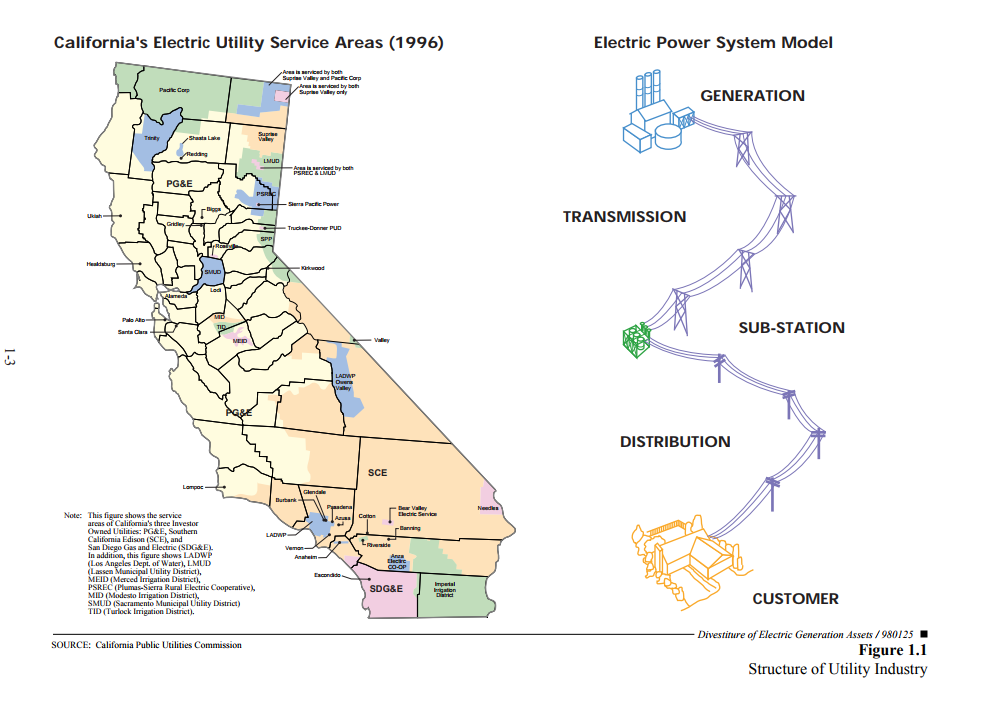California’s Rule 21 is leading the way for inverters to help support the grid
Imagine the nation’s grid. Visualize more solar projects plugging in every day. Those projects are feeding more and more power to the grid, which is great, but with that comes new challenges.
Solar panels feed power into inverters, which push current onto the grid. This causes the voltage to rise above what is dictated as safe, so the inverter is mandated to disconnect from the grid so it’s no longer exporting power.
Utilities work to manage grid issues, but problems intensify as more solar plugs into the grid.
Traditionally, interconnection requirements have mandated that inverters must shut down during grid issues to prevent back-feeding current onto the grid, which jeopardizes safety. But when inverters shut down, solar projects can’t generate power, and sometimes the lost generation is massive. For example, an August 2016 wild fire caused about 1,200 MW of solar generation in Southern California to disconnect. All that potential power was lost.

More states are approaching high levels of solar penetration, which can cause challenges for the grid. Data is from eia.gov and was assembled by Chint Power Systems.
A solution
Though inverters may seem like the problem, they’ve actually become smart enough to know how to help—they just haven’t been allowed. In fact, the Electric Power Research Institute (EPRI) reported that advanced smart inverters can be the least costly solution for the grid’s voltage issues.
Some states are starting to take note, revising interconnection requirements so inverters can stay active (ride through) minor utility faults to support the grid and allow issues to clear. California is leading this effort with recent changes to Rule 21.
Rule 21 is a set of California utility interconnection requirements that have been in place for years. However, thanks to recommendations from different groups, the CPUC has made a major revision of Rule 21, effective as of Sept. 9, 2017.
Under the UL 1741 safety standard established in 2010, the old interconnection requirements only allowed inverters to operate within a narrow range of IEEE frequency and voltage requirements. “Because of all this, the capability of inverters wasn’t fully utilized,” John Drummond, applications engineer at Chint Power Systems, explained during a recent Solar Power World webinar. “But the revised rule is leading the way to expand that.”
The revised rule widens the range of conditions during which inverters may operate. The new rule and the addendum to the previous UL safety standard, UL 1741-SA, allow inverters to provide seven grid support functions:
-Voltage ride-through
-Frequency ride-through
-Soft-start reconnection
-Ramp-rate controls
-Fixed power factor
-Dynamic Volt-VAR management
-Changes to anti-islanding requirements
“We feel these changes are a great thing for the industry, in fact, as an inverter company, we’re excited to see these changes happen,” Drummond said. “We think inverters have always been smart and now they’re allowed to be smart and support the grid. California is leading the way for the use of this kind of capability.”
A phased approach
Rule 21 is being introduced in three phases. Phase one established that any interconnect application received before 11:59 p.m. on Sept. 8, 2017, could use inverters certified to UL 1741. But any application received in California now requires inverters that can provide grid support functions, as tested and certified by UL 1741-SA. Many manufacturers have pushed to get their inverters certified by the September deadline.
The next couple phases are coming. Phase two will establish communication requirements to enable remote adjustments of inverter grid support functions. These will rest on the back of other data requirements such as SEP 2.0 and IEEE 2030.5. The SunSpec Alliance is working on testing and certification criteria for the IEEE requirement, which is expected to be required in 2018.
Phase three builds on phases one and two and allows even more advanced inverter functionality. The smart inverter working group (SIWG) made recommendations earlier this year for eight additional inverter grid functions that could be added to Rule 21. These will be synchronized with revisions to IEEE 1547 requirements (engineering guidelines for interconnect which will be revised to enable grid support features) and likely implemented in 2019 or 2020.
Complying with Rule 21
Rule 21 applies almost everywhere in California for any project size.
If projects do fall under Rule 21 and interconnect applications were received after Sept. 9, inverters will need to be certified for grid support under UL 1741-SA. A database of compliant smart inverters can be found at CalSEIA.org.
Once a certified inverter is chosen, it’ll need to be set up. Rule 21 has default parameters that may require custom set points when the site is up and running.
“The best time to figure that out is during the interconnection process with your utility,” Drummond said.
Those settings can be implemented locally within the inverter interface or remotely through Modbus communications. Note that for security control, any remote access must be locally enabled.
Requirements coming your way
Though California is leading the way for smart inverter requirements, grid support will increasingly be needed in places with high solar penetration. Hawaii may soon follow California’s lead, as well as other states such as Nevada, Arizona, Vermont and Massachusetts.
“If you’re thinking, ‘Rule 21 only applies in California, and I’m not doing projects there,’ don’t worry,” Drummond said. “We expect these kinds of advanced inverter functions to be required in the entire country in the next few years.” SPW





It should be noted that the CalSEIA “database” of compliant inverters linked in this article is unofficial, unrigorously administered, and an unreliable reference source for Rule 21 compliant inverters. The CEC maintains the official list of eligible inverters for California interconnections, which includes inverters that have been certified to UL 1741 SA / Rule 21 Phase 1 Smart Inverter requirements. The CEC list can be found at http://www.gosolarcalifornia.ca.gov/equipment/inverters.php.